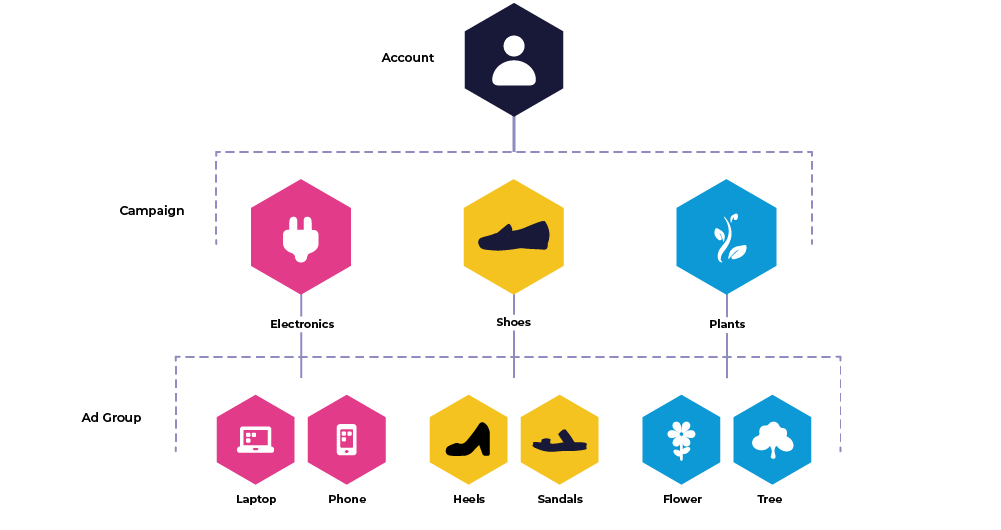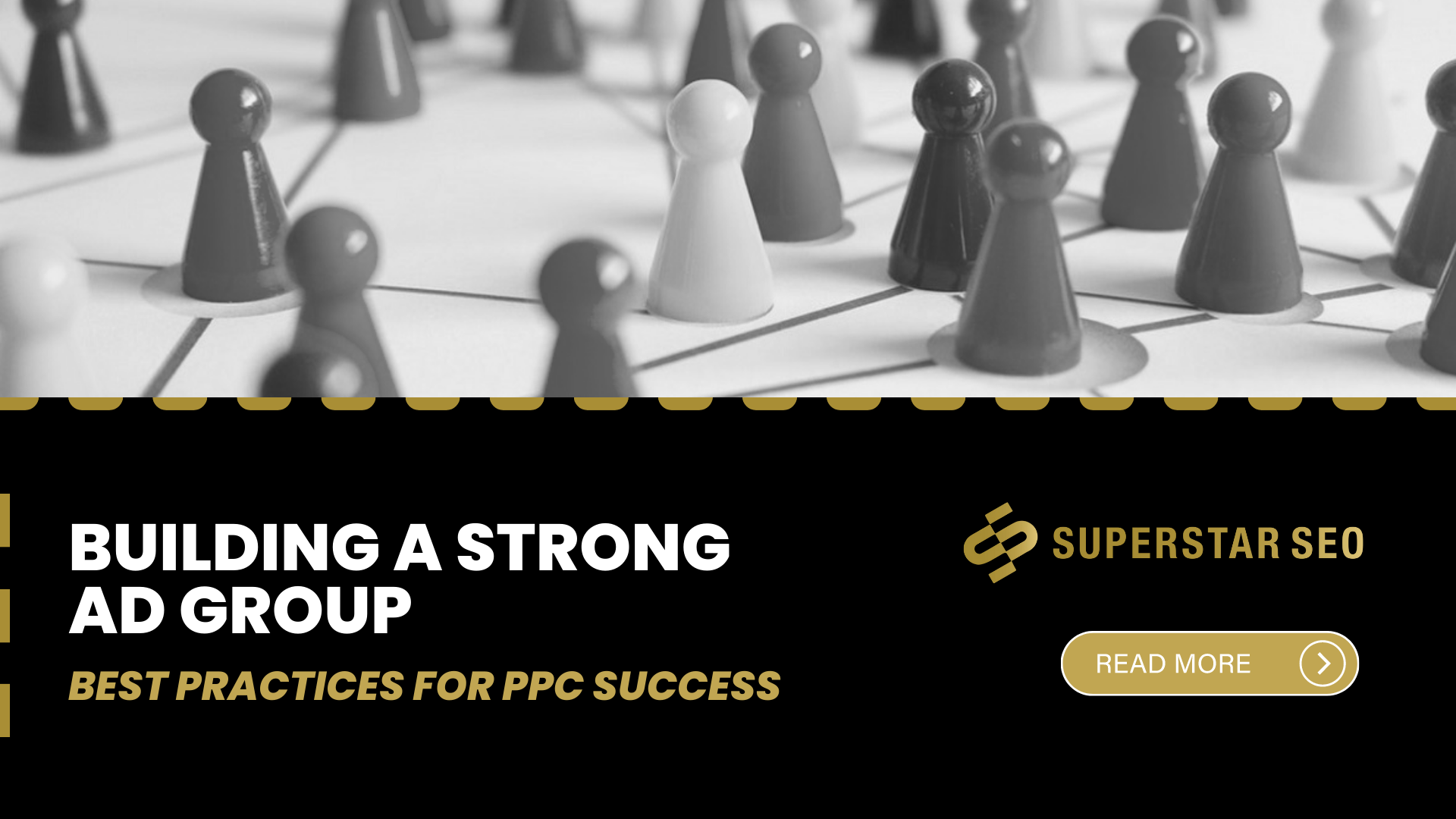Building a Strong Ad Group: Best Practices for PPC Success
Have you ever searched for something online and been bombarded with irrelevant ads? It’s frustrating, right? As a marketer, you don’t want to be that person. That’s where an ad group comes in.
What’s an Ad Group in PPC Marketing?
Ad groups are an essential component of any successful pay-per-click (PPC) advertising campaign.
So, what’s a benefit of having multiple ads in an ad group?
They allow you to group
- related keywords,
- text ads,
- landing pages (Learn how to split test your landing pages)
together to ensure that your messaging is targeted and relevant to your audience.
For instance, imagine you’re running an online store that sells shoes. You might create ad groups based on different types of shoes, such as sneakers, sandals, or boots.
Within each ad group, you can create multiple ads with tailored messaging to target specific audiences.
By using ad groups in this way, you can increase the relevance and effectiveness of your ads, which can lead to higher click-through rates, more conversions, and — ultimately — more revenue for your business.
In this article, we’ll dive deeper into the world of ad groups and explore some best practices for setting them up and managing them effectively.

Ad Group Best Practices in 2023
Keep Your Ad Groups Focused
Think of your ad group like a superhero team – each member has a specific power, and they work together to achieve a common goal.
Similarly, each ad group should have a specific theme or focus, making it easier to create targeted ads and landing pages that resonate with your audience.
Don’t try to cram all of your keywords into one ad group – it’s a recipe for disaster.
Instead, get ad group focused and see the results roll in.
Use One Landing Page Per Ad Group
Think of your landing page as the lair of your superhero team – it’s where they retreat to when they’re not fighting evil (or, in this case, trying to convert customers).
By creating a unique landing page for each ad group, you can tailor the messaging to match THAT ad and increase the likelihood of conversions.
Plus, it makes it easier to track the performance of each ad group and make data-driven decisions about your campaigns.
Create Duplicate Ad Groups by Match Type
When it comes to creating effective ad groups, a key best practice is to create duplicate groups by match type.
By creating duplicate ad groups for each match type (exact, phrase, and broad), you can tailor your bids and messaging to match your audience’s search intent.
- Exact Match: [dog food] -> bidding for this exact keyword
- Phrase Match: “dog food” -> Add search terms before or after the keyword (dog food for golden retrievers, dog food shops near me, etc.)
- Broad Match: +dog +food ->search terms that are related to this keyword (wet food for a senior dog, premium food for my new dog, etc.)
Plus, it makes it easier to track the performance of each match type and optimize your campaigns accordingly.
However, it’s important to note that creating duplicate ad groups can sometimes lead to cannibalization, where two or more ad groups compete against each other for the same keywords.
To avoid this, including exact match keywords as negatives in your phrase and broad match groups is important.

Use Ad Customizers vs. Creating a New Group
Ad customizers allow you to vary your messaging based on specific audience characteristics, such as location or device, without having to create a separate ad group or campaign.
For example, let’s say you have an e-commerce site that sells clothing.
You might use ad customizers to update the price and availability of specific products in real-time based on changes to your inventory data.
This allows you to create highly targeted ads that are more likely to resonate with your audience and drive conversions.
This is particularly useful when messaging needs to vary only for a single audience, and that will not significantly impact your budget.
To Wrap It Up
The bottom line is this…
Creating effective ad groups is essential for achieving success in PPC marketing.
By
- keeping your ad groups focused and organized,
- using one landing page per group,
- creating duplicate groups by match type,
- and using ad customizers,
…you can optimize your campaigns for maximum efficiency and ROI.
Remember, a well-structured ad group makes it easier to create targeted ads and landing pages that resonate with your audience. This, in turn, can lead to higher click-through rates, lower cost-per-click, and more conversions.
By following these best practices and experimenting with different strategies and approaches, you can fine-tune your ad groups over time and achieve better results from your PPC campaigns.





